Name Takasugi Shinsaku Role Samurai | Spouse Inoue Masa (m. 1860–1867) Parents Takasugi Kochuta | |
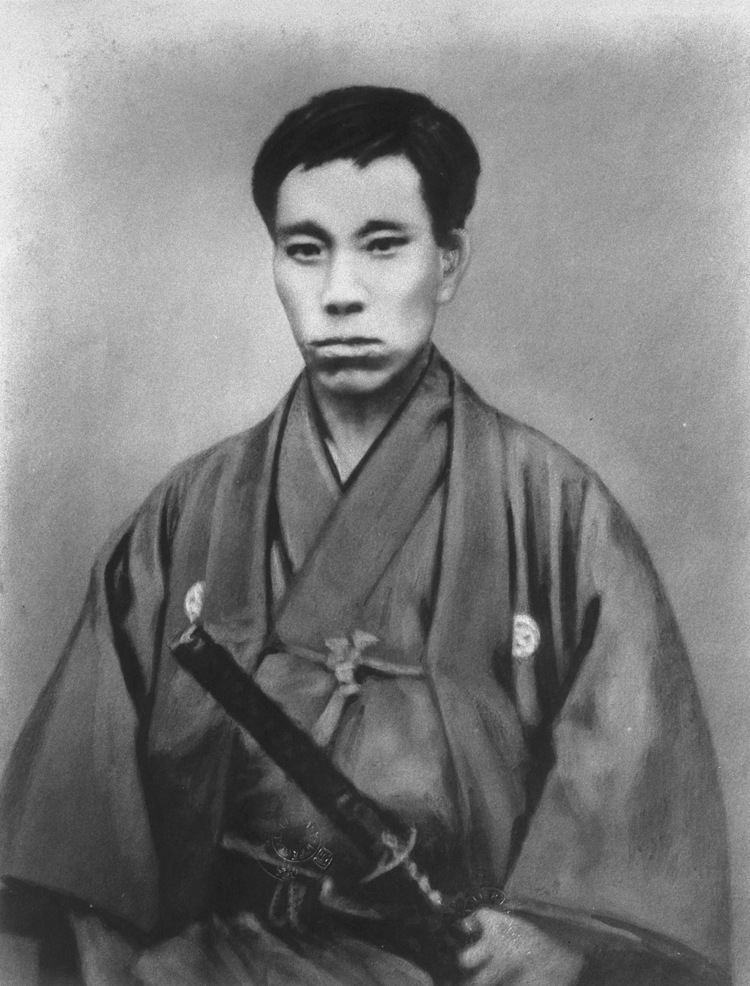 | ||
Similar People Yoshida Shoin, Kido Takayoshi, Kusaka Genzui, Sakamoto Ryoma, Ito Hirobumi | ||
Takasugi shinsaku and his kiheitai rus jap
Takasugi Shinsaku (高杉 晋作, 27 September 1839 – 17 May 1867) was a samurai from the Chōshū Domain of Japan who contributed significantly to the Meiji Restoration.
Contents
- Takasugi shinsaku and his kiheitai rus jap
- Shogun 2 Fall of the Samurai Lets Play as Choshu Episode 2
- Early life
- Foreign experience
- Formation of the Shotai and Kiheitai
- Death
- Legacy
- Takasugi Shinsaku in media
- References
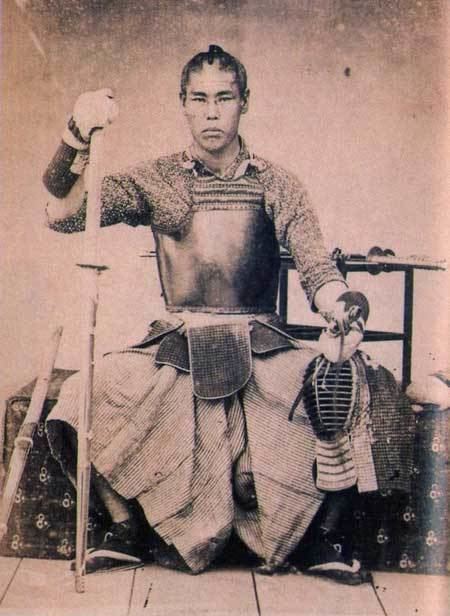
He used the alias Tani Umenosuke (谷梅之助) to hide his activities from the shogunate.
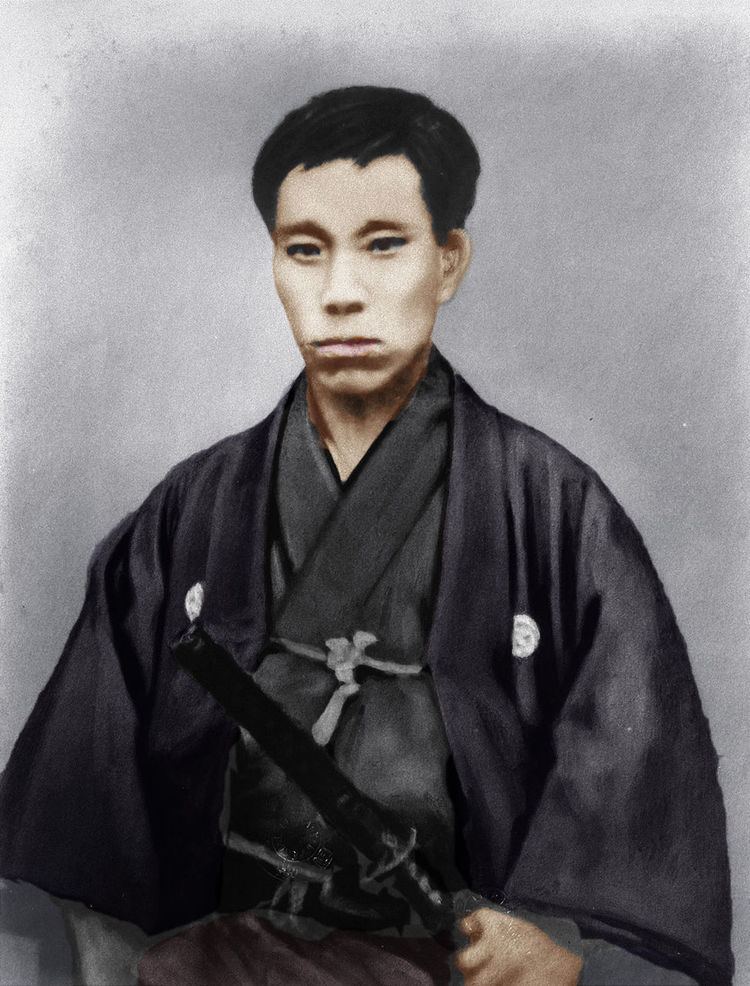
Shogun 2 - Fall of the Samurai: Lets Play as Choshu - Episode 2
Early life
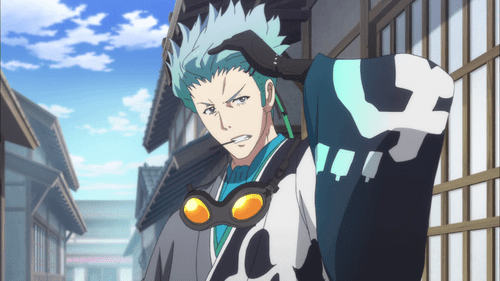
Takasugi was born in the castle town Hagi, the capital of the feudal domain of Chōshū (present-day Yamaguchi prefecture) as the son of Takasugi Kochuta, a middle-ranked samurai of the domain.
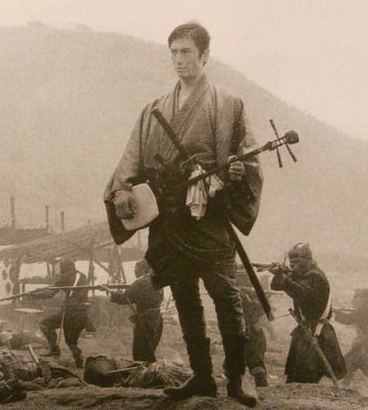
Takasugi joined the Shoka Sonjuku, the famous private school of Yoshida Shōin. Takasugi devoted himself to the modernization of Chōshū's military, and became a favorite student of Yoshida. In 1858, he entered the Shoheiko (a military school under direct control of the Shogun at Edo), but in 1859 returned home by the clan's command. Takasugi - in spite of his young age - was an influential factor within Chōshū as one of the most extreme advocates of a policy of seclusion and expelling the foreigners from Japan. Takasugi was implicated in the 12 December 1862 attack on the British legation in Edo.
Foreign experience
In spite of Japan's policy of national isolation in the Edo period, in 1862 Takasugi was ordered by the domain to go secretly to Shanghai in China to investigate the state of affairs and the strength of the Western powers. Takasugi's visit coincided with the Taiping Rebellion, and he was shocked by the effects of European imperialism even on the Chinese Empire. Takasugi returned to Japan convinced that Japan must strengthen itself to avoid being colonized by the western powers, or to suffer a similar fate as China. This coincided with the growing Sonnō Jōi ('expel the barbarians and revere the Emperor') movement, which attracted certain radical sections of Japan's warrior class and court nobility, and Takasugi's ideas found ready support in Chōshū and other parts of Japan.
Formation of the Shotai and Kiheitai
Takasugi originated the revolutionary idea of auxiliary irregular militia (shotai). Under the feudal system, only the samurai class was allowed to own weapons. Takasugi promoted the recruitment of commoners into new, socially-mixed paramilitary units. In these units, neither recruitment nor promotion depended (at least in theory), on social status. Farmers, merchants, carpenters and even sumo-wrestlers and Buddhist priests were enlisted, although samurai still formed the majority in most of the Shotai. Takasugi clearly saw that utilization of the financial wealth of the middle-class merchants and farmers could increase the military strength of the domain, without weakening its finances. Since the leaders of Chōshū were unable - and unwilling - to change the social structure of the domain, limited use of peasants and commoners enabled them to form a new type of military without disturbing the traditional society.
In 1863, Takasugi himself founded a special Shotai unit under his direct command called the Kiheitai, which consisted of 300 soldiers (about half of whom were samurai). However, due to his propagation of Sonnō Jōi ideology, Takasugi was imprisoned by the domain's authorities, after an anti-Chōshū coup in Kyoto in the summer of 1863 threatened to jeopardize Chōshū's leading role in national politics.
Death
Takasugi did not live to see this success. He died of tuberculosis on 17 May 1867, only 28 years of age. His Kiheitai was taken over by his protégé Yamagata Aritomo. Only a year later, Takasugi's dream of overthrowing the Tokugawa Shogunate, which found obvious manifestation in his alternate name Tōgyō (Go to the East) - was fulfilled with the Meiji Restoration. The Kiheitai was disbanded in early 1870 after the establishment of the Imperial Japanese Army.
Legacy
Takasugi Shinsaku, a central figure of the early Meiji Restoration, is as well known for his military talents as he is for his skills as a politician. However, dying at the young age of 28, Takasugi was not to become one of Japan's famous leaders in the subsequent Meiji era. In his hometown - the castle town Hagi in western Japan - he is still remembered as a mystical and energetic hero, who put all his efforts into opening the way to modernization, westernization and reforms, not only in military matters but in political and social matters as well.
